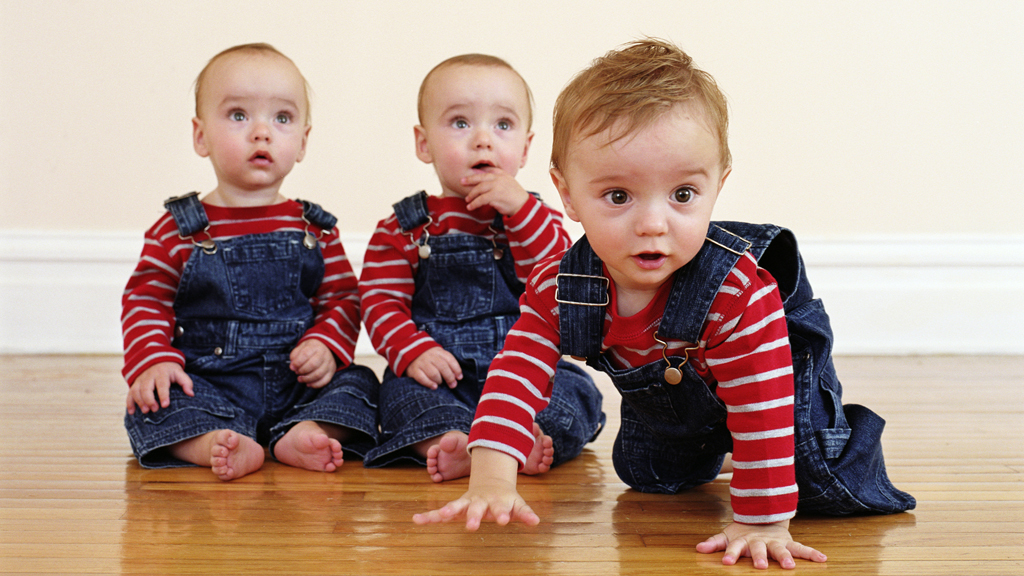Birth defects linked to twins and triplets double
Rates of birth defects linked to twins and triplets have almost doubled since the 1980s, research shows.

Scientists who studied date on 5.4 million births in Europe between 1984 and 2007, of which three per cent were multiple deliveries, said the prevalence of congenital abnormalities amongst multiple births had risen from 5.9 per 100,000 births to 10.7 in the period.
The increase in multiple birth rates may be explained by changes in maternal age and increased use of ART – Professor Helen Dolk
One reason potentially espoused for the increase in the more prevalent use of assisted reproductive technology (ART), such as in vitro fertilisation (IVF).
On average across the period the risk of birth defects was 27 per cent higher in multiple births than single births – and this risk increased over time.
‘Maternal age’
Study co-leader Professor Helen Dolk, from the University of Ulster, said: “The co-occurrence of multiple birth and congenital anomaly among live borns places particular demands on parents and health services.
“This may be even more relevant for the one in nine affected twin pairs where both babies have a congenital anomaly.
“The increase in multiple birth rates may be explained by changes in maternal age and increased use of ART. It is clear that more research needs to be done to determine the contribution of ART to the risk of congenital anomalies in multiple births.”
Transferring a number of embryos into a woman’s womb during IVF treatment is known to increase the risk of multiple births. Fertility clinics are now being advised to adopt a single embryo transfer (SET) policy.
Implications
The research is published in BJOG: An International Journal of Obstetrics and Gynaecology.
John Thorp, deputy editor-in-chief of BJOG, said: “This increase in babies who are both from a multiple pregnancy and affected by a congenital anomaly has implications for pre and post natal service provision.
“Extra specialised help should be put in place for affected families, recognising that there are now nearly double as many affected families than there were 20 years ago.”